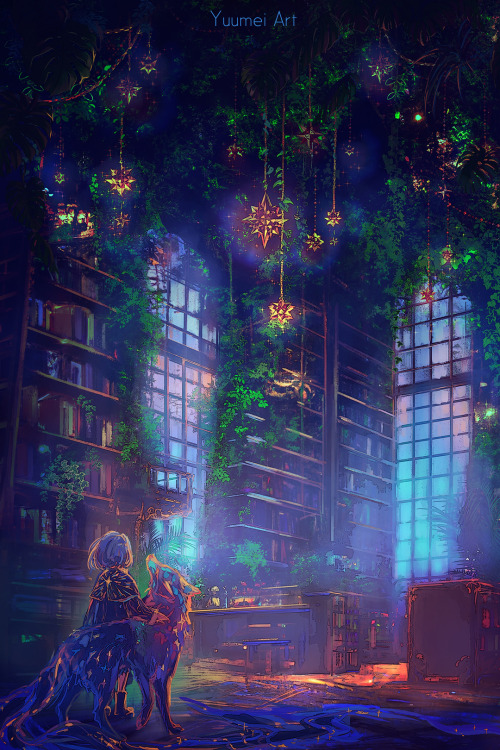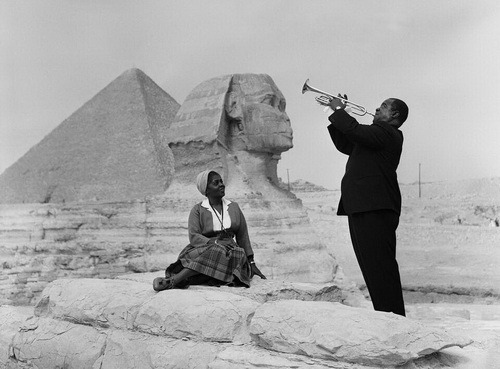World's Oldest Persevered Wedding Cake, Baked In 1898 Victorian England


World's oldest persevered wedding cake, baked in 1898 Victorian England
After surviving six monarchs and lasting through two different millennia, the cake bears the scars of time. In 1940, during the Second World War, the town of Basingstoke was bombed. The town center, in which the bakery was located, was hit by a bomb in August of that year. This impact caused a great deal of damage, and yet the seemingly fragile wedding cake, already approaching half a century old at the time, sustained but a single crack. This crack remains the cake’s single imperfection, but for the discoloration that has come with age and sugar seeping from the rich cake into the previously white icing.
(Source)
More Posts from Serenablakeoffice and Others

Why can’t my local library be literally magic ;_;

Louis Armstrong and his wife at Egypt, 1960


monday morning 🥀
🎧 listen to my new ambient mix
The Large Magellanic Cloud

The Large Magellanic Cloud (LMC) is nearly 200,000 light years from earth. The picture above shows how it consists of vast clouds of dust and gas most likely from old stars going supernova. It is a stellar nursery for stars, similar to a nebula.
Close to this is the Small Magellanic Cloud (SMC) and it is largely believed that their irregular shape is due to a collision that occurred between them thousands of years ago.
A prominent feature of the LMC is the Tarantula nebula (which the James Webb telescope recently took a high res photo of).

Sadly, those in the Northern Hemisphere never get the chance to see the LMC - it is only visible in the Southern Hemisphere!

Spread your cosmic wings 🦋
The Butterfly Nebula, created by a dying star, was captured by the Hubble Space Telescope in this spectacular image. Observations were taken over a more complete spectrum of light, helping researchers better understand the “wings'' of gas bursting out from its center. The nebula’s dying central star has become exceptionally hot, shining ultraviolet light brightly over the butterfly’s wings and causing the gas to glow.
Learn more about Hubble’s celebration of Nebula November and see new nebula images, here.
You can also keep up with Hubble on Twitter, Instagram, Facebook, and Flickr!
Image credits: NASA, ESA, and J. Kastner (RIT)

Kowloon: The Walled City




The Dumbbell Nebula M27
Another planetary nebula, the Dumbbell nebula lies around 1,300 light years from Earth in the constellation of Vulpecula. It's estimated from it's expansion to have been from the collapse of the white dwarf (centre) around 10,000 years ago.
The average planetary nebula is thought to be visible for around 20,000 years, which is a blink of an eye in terms of the life length of even the shortest lived stars.
-
 noodlegirl-draws liked this · 9 months ago
noodlegirl-draws liked this · 9 months ago -
 butchconnoisseur reblogged this · 9 months ago
butchconnoisseur reblogged this · 9 months ago -
 coolbeanstoebeans reblogged this · 9 months ago
coolbeanstoebeans reblogged this · 9 months ago -
 propavampda liked this · 1 year ago
propavampda liked this · 1 year ago -
 merrymorningofmay liked this · 1 year ago
merrymorningofmay liked this · 1 year ago -
 garland-on-thy-brow liked this · 1 year ago
garland-on-thy-brow liked this · 1 year ago -
 greencheekconure27 reblogged this · 1 year ago
greencheekconure27 reblogged this · 1 year ago -
 greencheekconure27primary liked this · 1 year ago
greencheekconure27primary liked this · 1 year ago -
 thisisreallydumb00 liked this · 1 year ago
thisisreallydumb00 liked this · 1 year ago -
 vajrakali liked this · 1 year ago
vajrakali liked this · 1 year ago -
 heraldwings reblogged this · 1 year ago
heraldwings reblogged this · 1 year ago -
 serenablakeoffice reblogged this · 1 year ago
serenablakeoffice reblogged this · 1 year ago -
 sunforgrace liked this · 1 year ago
sunforgrace liked this · 1 year ago -
 claudiabian reblogged this · 1 year ago
claudiabian reblogged this · 1 year ago
